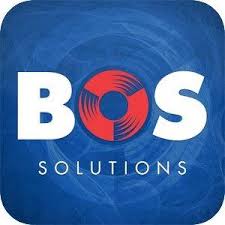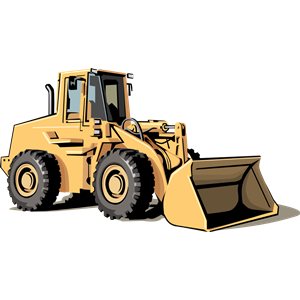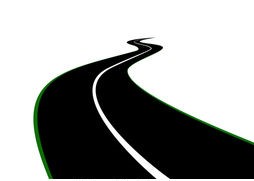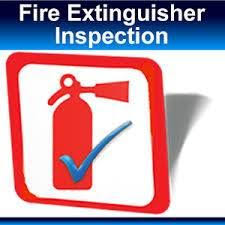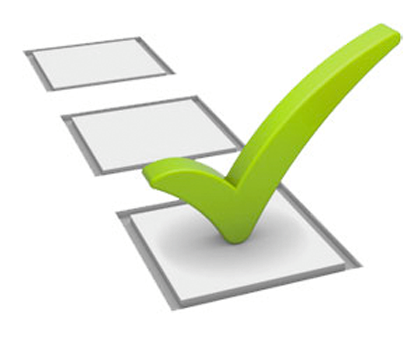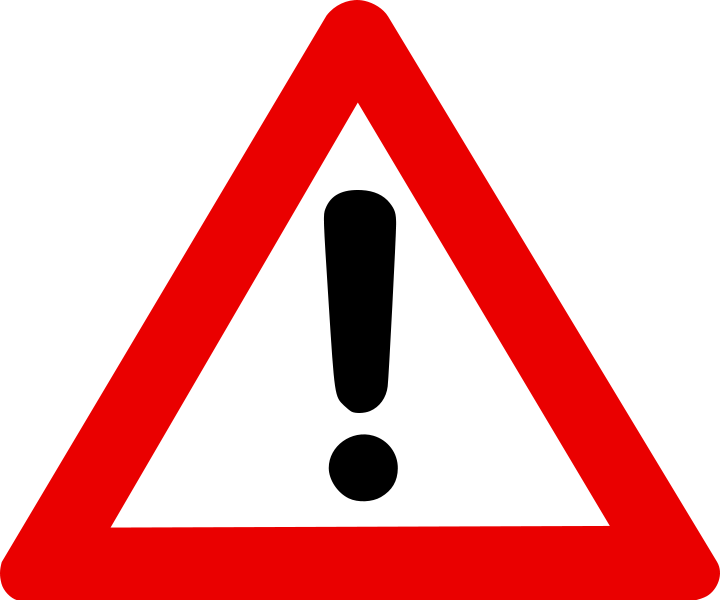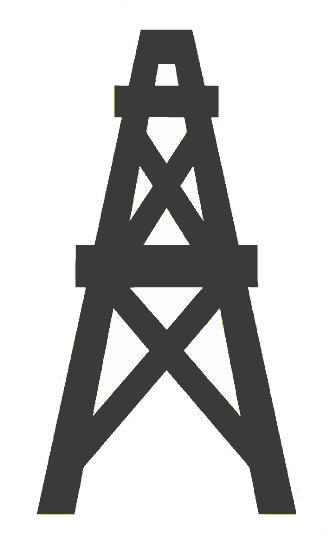Title Page
Initial Phase: To Be Completed by the Injured/Involved Person
-
Which are you reporting, Loss Event or Near Miss?
-
Did this Near Miss have high potential and require follow up?
-
Time and Date Incident Occurred
-
Has the Client/Company Man and BOS Supervisor Been Notified?
-
Time and Date Incident Reported to BOS Supervisor and Client
-
District
-
Prepared by
-
Injured Person/Report Preparer’s Phone Number
-
BOS Supervisor
-
Location
Loss Information
Loss information
-
Description of Loss and Sequence of events before and after the loss.
-
Add associated pictures with descriptions
-
If you are the Field Tech or Shop Tech, Stop here and inform your supervisor that your section is complete. If you are the Supervisor or QHSE, please continue with the document.
Investigation Phase: To be completed by Supervisor and QHSE
-
Type of Loss:
Injury Info
-
Body Part Affected:
- Head, neck, face
- Shoulder
- Arm
- Hands, Fingers
- Chest
- Abdomen
- Lower Back
- Pelvis
- Leg
- Knee
- Ankle, Foot, Toe
- Respiratory System
- Central Nervous System
- Digestive System
- Circulatory System
-
Activity that led to Injury:
- Stepping (Walking)
- Manual Lifting
- Chemical Handling
- Driving
- Handling (Using Hands)
- Mechanical Lifting
- Noise
- Pressure
- Working at Heights
- Temperature Extreme
- Fire/Explosives
-
Loss Severity:
Outcome:
-
Injury Outcome
- First Aid
- Near Miss
- Restricted Modified Work
- Medical Treatment (OSHA Recordable)
- Lost Time
- Fatality
-
Truck Unit Number:
-
Type of Travel:
-
Activity that led to Loss
-
Type of VLD:
- Hit vehicle in front
- Hit from behind
- Backed into
- Hit stationary object
- Hit pedestrian
- Sideswiped
- Hit and Run
- Hit an animal
- Ran off the road
- Head on collision
-
Direct Cause of VLC:
- Aggressive Driving
- Fatigue
- Backing
- Drug/alcohol use
- Distracted Driving
- Driving to fast for conditions
- Following too close
- Nature/ Natural conditions
- Improperly securing items
- Pre Use inspection
- Improper planning
- 3rd party
- Inexperience with driving conditions
-
Repair Cost Estimate
-
Type of Enviro Loss:
-
Fluid Type:
-
Amount:
-
Owned, leased, rented:
-
Date of operator training:
-
Daily pre use inspection:
-
Asset Number:
Loss Event Data Collection Checklist
-
Please attach the following documents (to an email to QHSE)and answer the questions as applicable. If the answer is No or N/A, Please explain why.
-
Ensure the injured person(s) are taken care of and the scene is secured and undisturbed until investigation is complete.
-
Post Incident Drug and Alcohol test
-
Injured or involved person(s) detailed written statement of events
-
Witnesses written statement of events
-
A Police report
-
Pictures of the employee, equipment involved, and include up-close, detailed pictures and overall site pictures (taken from a distance)
-
Top-view site schematic of injury/incident scene which includes where injury occurred, equipment was, and personnel were located
-
Pictures of position of employee at time of injury
-
Evidence of any PPE worn and condition of PPE (pictures if possible)
-
Evidence of any information/warning sign
-
Copy of Pre Job Risk Assessment
-
Copy of any associated Work Permits
-
Copy of Geotab report (required for all BOS truck loss events)
-
Copy of Injured or involved person`s training record and associated training for work being performed
-
Copy of Equipment inspection and time last checked
-
Copy of any communications related to the injury event
Rig/Job Conditions
-
Weather
-
Temperature
Contractor or Employee info
-
Was a PJRA and Equipment inspection (If applicable) completed prior to the incident?
-
Hours on shift in prior 24 hours prior to incident
-
Hours SINCE last sleep prior to current shift
-
Hours the employee slept prior to the current shift
-
Days worked in a row
-
Number of days employed at time of loss
-
Contracting agency:
-
BOS Contractor Orientation:
Final Phase: Root Causal Factors to be completed by QHSE
-
Causal Factor 1
-
Description of why this cause was selected
-
Causal Factor 2
-
Description of why this cause was selected
-
Causal Factor 3
-
Description of why this cause was selected
Corrective Action Items.
-
(Please add your Descriptive action items to include creating a "Action" to address Root Causal Factors, Responsible Party and Date Due)
-
1. <
> -
a. Task: <
> -
b. Due Date: <
> -
c. Accountability: <
> -
2. <
> -
a. Task: <
> -
b. Due Date: <
> -
c. Accountability: <
> -
3. <
> -
a. Task: <
> -
b. Due Date: <
> -
c. Accountability: <
>
Associated Action Items
-
1. <
> -
2. <
> -
3. <
>
HSE Review & Approval
-
Name
-
Signature
-
Date and Time for HSE Sign off
Management Review & Approval
-
Name
-
Signature
-
Date and Time of Management Sign off
